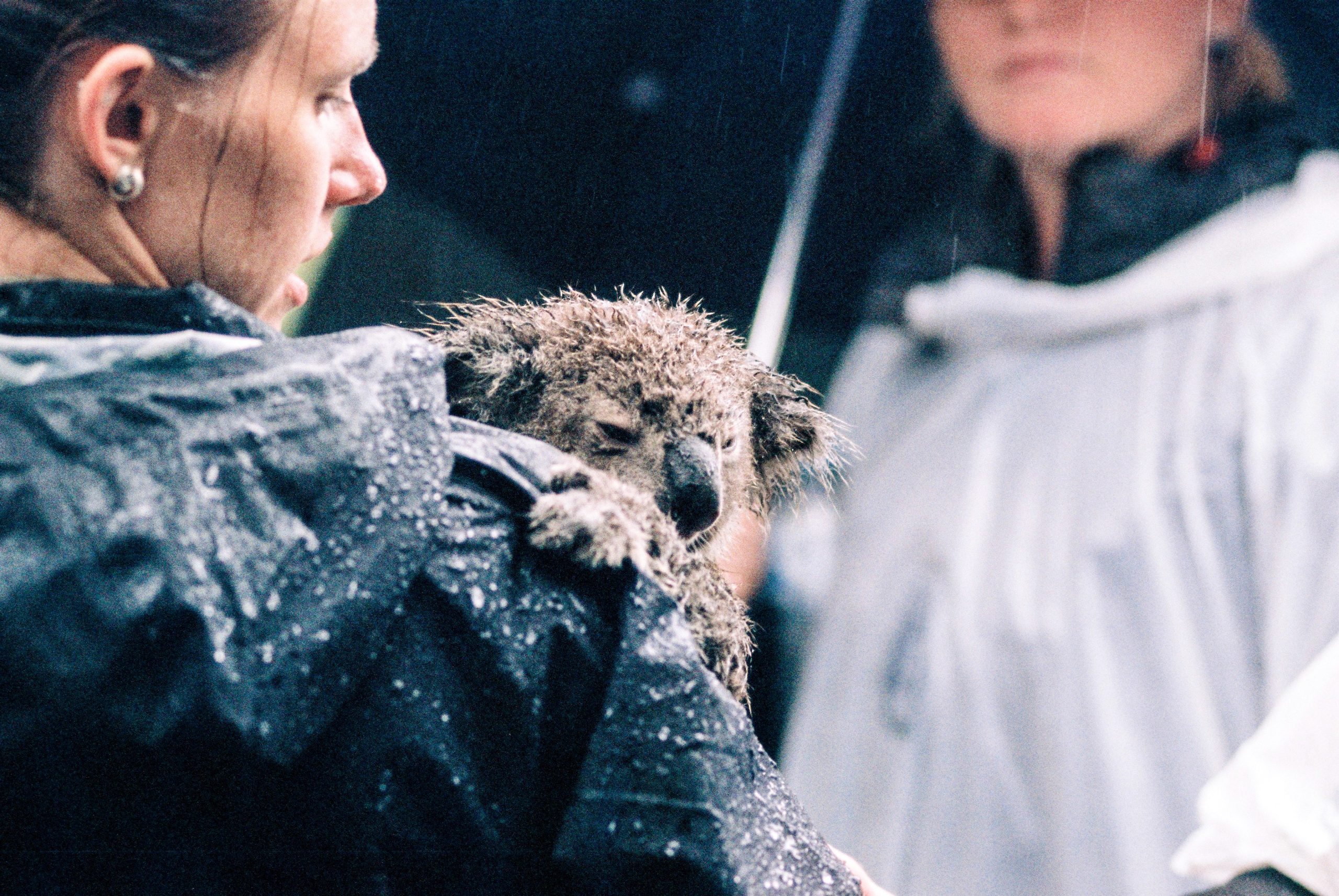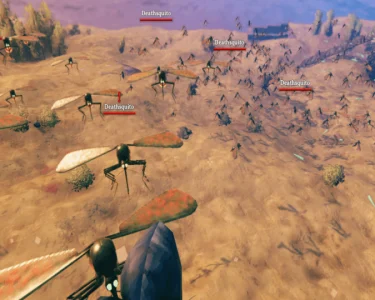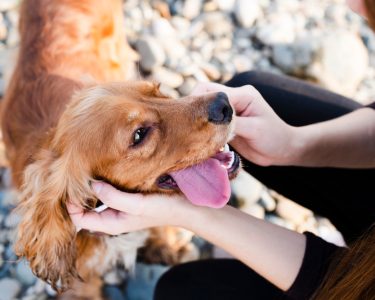In recent years, social media has become an increasingly powerful tool for promoting animal rights awareness. From viral videos and memes to online petitions and fundraisers, social media platforms have given animal rights activists a powerful platform to raise awareness and mobilize support. But what is the role of social media in promoting animal rights awareness, and what impact is it having on the movement?
At its core, social media is a powerful tool for storytelling. Through photos, videos, and personal stories, activists can connect with audiences on an emotional level and help them understand the suffering that animals face. Social media also allows activists to share information about the industries that exploit animals, such as factory farming and animal testing, and to expose the often-hidden reality of these practices.
One of the most powerful examples of social media’s impact on animal rights awareness is the rise of viral videos that expose animal cruelty. Videos such as those depicting the abuse of animals in circuses, zoos, and other entertainment industries have gone viral on social media, sparking public outrage and prompting real-world change. For example, following the release of an exposé video in 2017 showing the cruel treatment of elephants in a traveling circus, several countries passed laws banning the use of wild animals in circuses.
Social media has also become a powerful tool for organizing and mobilizing supporters. Through online petitions, fundraisers, and coordinated campaigns, animal rights activists can amplify their message and reach a wider audience. In some cases, these campaigns have been highly successful, leading to real-world change. For example, a petition calling for a ban on animal testing for cosmetics in the European Union garnered over 1.2 million signatures and led to a ban on the practice in 2013.
However, the impact of social media on animal rights awareness is not without its challenges. One issue is the prevalence of “slacktivism,” or the tendency of people to simply “like” or share content without taking any real-world action. While social media can be a powerful tool for raising awareness, it is important for activists to also engage in real-world activism, such as attending protests or contacting lawmakers.
Another challenge is the potential for misinformation to spread on social media. With so much content being shared online, it can be difficult for people to differentiate between accurate and misleading information. This can be especially problematic for animal rights activism, as some opponents of the movement may intentionally spread misinformation to discredit the cause.
In conclusion, social media has become an increasingly powerful tool for promoting animal rights awareness. Through viral videos, coordinated campaigns, and online petitions, animal rights activists have been able to reach a wider audience and effect real-world change. However, it is important to be mindful of the potential for slacktivism and misinformation, and to complement online activism with real-world action. By doing so, we can continue to use social media to promote animal rights and create a more humane world for all beings.




